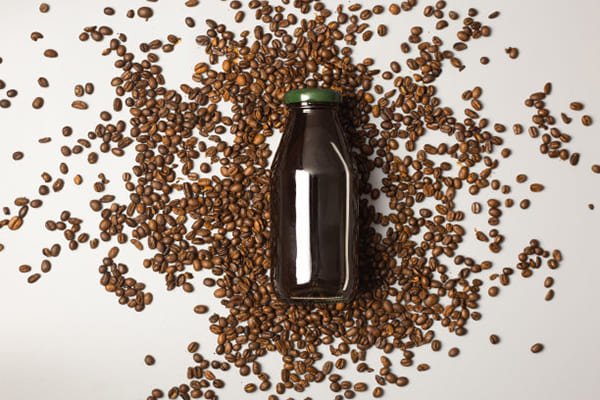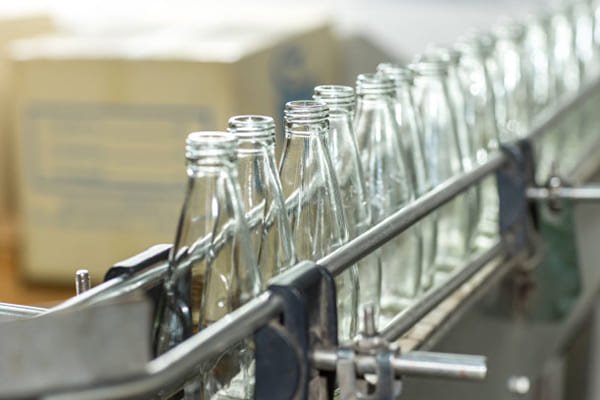The ready-to-drink (RTD) market is exploding, with coffee and juice leading the charge. But here’s the thing: A traditional RTD Coffee Production Line that only makes cold brew can’t keep up with today’s demands. Shoppers want variety—think iced lattes in winter and fresh-pressed juice in summer—and brands need production lines that can pivot quickly, without wasting hours (or money) on changeovers.
In this guide, we’ll break down why a flexible line that switches from RTD coffee to juice in minutes is no longer a “nice-to-have” but a must, how the technology works, and real examples of factories winning with this approach.

Why Your RTD Line Can’t Afford to Be Stuck on One Product
Gone are the days of giant factories churning out one drink 24/7. Today’s RTD market moves fast, and your production line needs to keep up. Here’s why flexibility matters:
- Seasonal swings: Summer means juice sales spike; winter brings a rush for iced coffee. A rigid rtd coffee production line would sit idle in July, while a juice-only line collects dust in December.
- Small-batch trends: Craft brands and limited editions (like a pumpkin spice cold brew or a seasonal berry juice) need short runs. Switching between them quickly keeps costs low.
- Retailer demands: Stores want diverse SKUs—from 12oz coffee cans to 16oz juice bottles. A line that handles multiple formats avoids the need for separate machines.
The numbers back it up: The global RTD market grows 6.8% yearly, and 72% of manufacturers plan to expand their drink portfolios by 2025. Sticking to a single-product line? You’ll get left behind.
The Tricky Part: Switching Between Coffee and Juice
Coffee and juice might both be liquids, but they’re very different to produce. A line that handles both needs to solve these challenges:
- Thickness matters: Cold brew (especially with cream) is thick and creamy; juice is often thin and watery. Filling machines need to adjust how fast they pour—too slow for juice wastes time, too fast for coffee causes spills.
- Cleaning is critical: Coffee’s oils and juice’s sugars can leave residues that ruin the next batch. Imagine a hint of orange in your cold brew, or coffee bitterness in apple juice—yuck.
- Packaging varies: Coffee might use press-on lids; juice often uses screw caps. The line needs to swap out capping tools without a wrench.
Traditional lines solve these with manual adjustments—teams spending hours swapping parts, scrubbing pipes, and reconfiguring settings. But that’s expensive: Every hour of downtime costs thousands in lost production.

How Quick-Change Technology Fixes This
Modern flexible lines use smart design to cut changeover time from hours to minutes. Here’s the key tech making it work:
Smart Filling Heads
These aren’t your average nozzles. They automatically adjust for thickness:
- For thin juices, they open wider and pour faster, hitting precise fill levels (±0.5% accuracy) without splashing.
- For thick coffee (think oat milk lattes), they slow down and use gentle pressure to avoid foaming.
No manual knobs or tool changes—just a button press, and the heads adapt.
Universal Capping Systems
Instead of swapping out entire capping units, these systems use quick-snap attachments. Need to switch from a coffee can’s press-on lid to a juice bottle’s screw cap? A worker pops off one adapter and clicks on another—done in 5 minutes.
Automated Cleaning (CIP) That Keeps Up
Cross-contamination is a nightmare, so quick-change lines include built-in clean-in-place (CIP) systems that:
- Flush coffee oils with hot water and mild detergent.
- Rinse away juice sugars with a targeted spray.
- Test for residues (using sensors) to make sure it’s spotless—all in 15 minutes, no disassembly needed.
AI That Remembers Recipes
Ever had to retype settings for a batch you made last month? These lines use AI to store recipes:
- Scan a QR code for “16oz cold brew” or “12oz NFC juice,” and the line auto-adjusts filling speed, temperature, and capping pressure.
- It even learns from past runs—if a juice batch needed a little extra fill, it remembers for next time.
Real Results: A Brazilian Plant’s Success Story
A major RTD producer in Brazil used to struggle with changeovers. Their old RTD coffee production line took 4 hours to switch to juice—losing 2,000+ bottles of production each time.
They upgraded to a quick-change line, and here’s what happened:
- Faster swaps: They replaced bolts with quick-release clamps, cutting part changes from 90 minutes to 10.
- Smarter cleaning: CIP sensors targeted problem areas (like coffee oil buildup in nozzles), slashing cleaning time from 2 hours to 15 minutes.
- AI help: Recipe memory reduced human error—no more misadjusted fill levels.
Net result? Changeover time dropped from 4 hours to 55 minutes. They now fit 2 extra production runs daily, adding $1.2M in annual revenue.
Future-Proof Your RTD Line
The RTD market won’t slow down, and neither will consumer demand for variety. The line that’s stuck making only coffee (or only juice) will struggle to compete.
Ready to stop wasting time on changeovers? Start with a simple audit: How long does your current line take to switch products? The answer might surprise you—and push you to make the upgrade that transforms your production.

